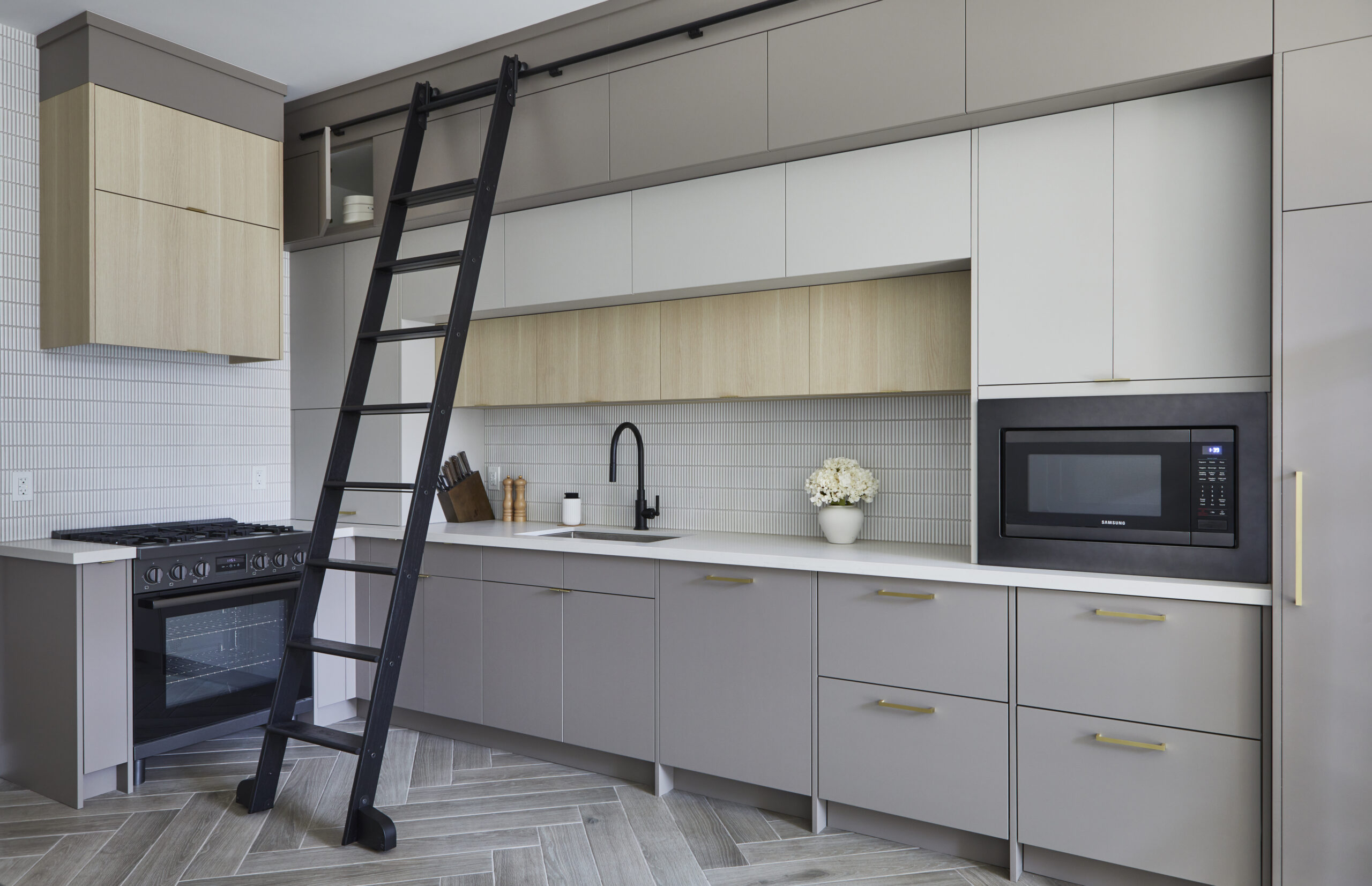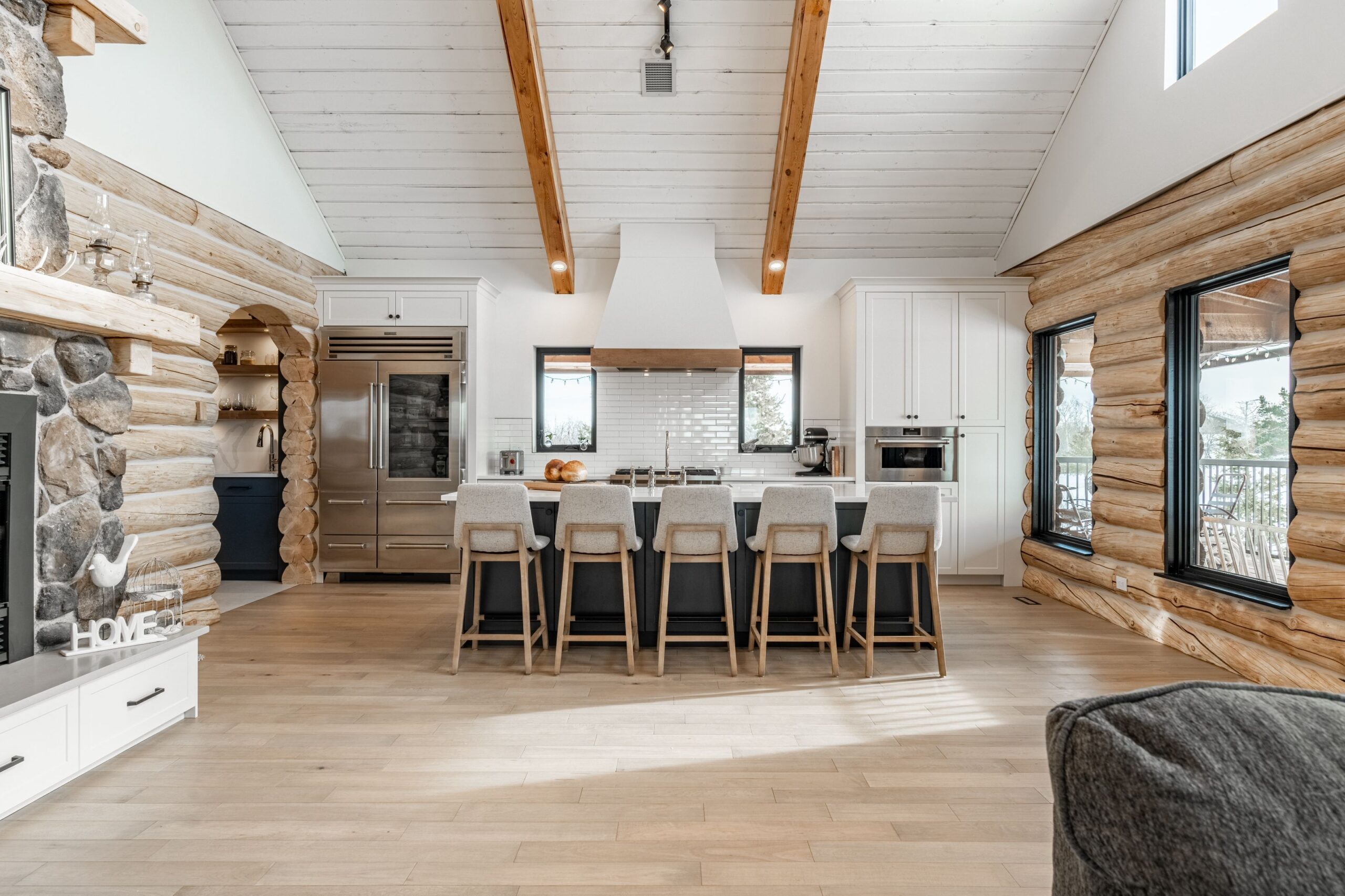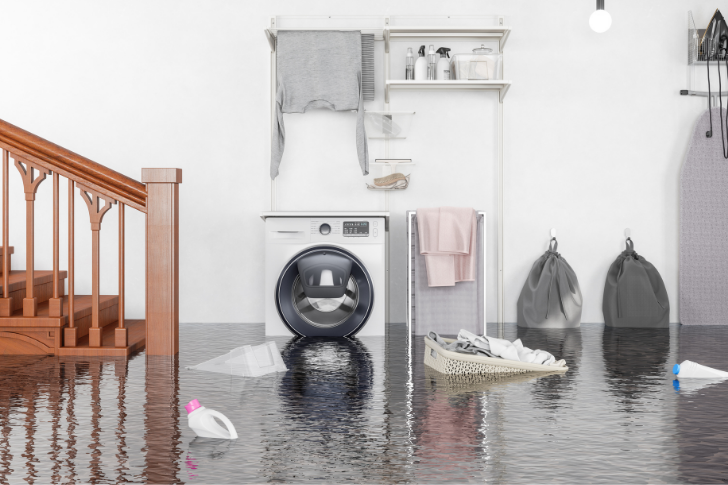
Have you protected your home against water damage? If your answer is “I’m not at all prepared” or “at least I can swim,” you’re not alone. Many Canadian homeowners do not have potential water damage on their minds – but you should. Residential floods and water damage can cause a lot of destruction. And beyond that, environmental flooding is the most costly and common natural disaster in Canada. Changes to our climate also increase flooding risk and communities who’ve never struggled with flooding can become more vulnerable.
There are ways you can proactively protect your home from the risks of water damage and floods. Many you can easily do yourself and some may require the support of a professional. Read the list below or download this printable guide.
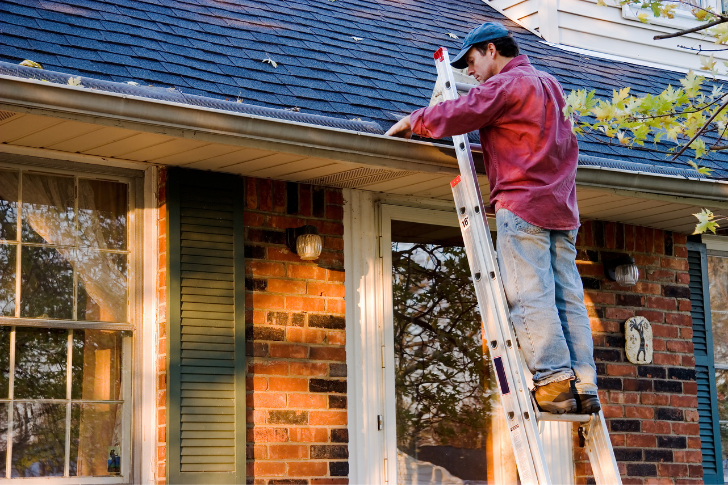
1. Clean your eavestroughs
Soggy leaves, unknown critters and rickety ladders can make this task quite a nuisance. But gutters and downspouts do a great job of keeping water away from your foundation, which is important to make sure it stays strong and your basement stays dry. If you don’t feel confident on a ladder or don’t have the time or inclination to do this regular home maintenance task yourself, you can hire a professional.
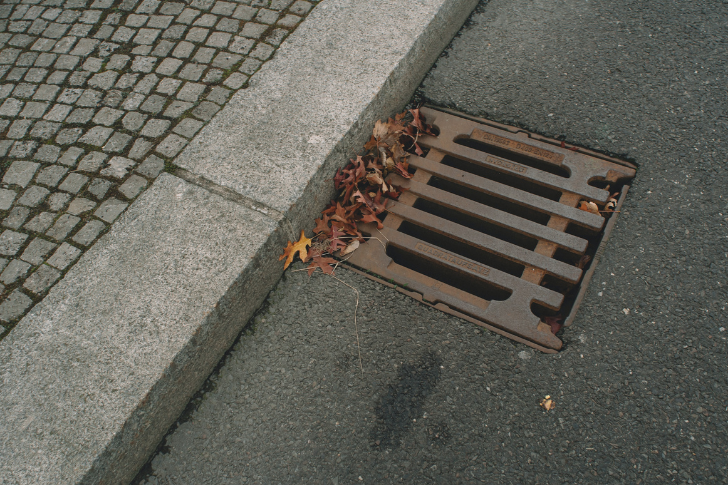
2. Remove debris from nearest storm drain/catch basin or ditch and culvert
Not all heroes wear capes; some have rubber boots, a rake, and time to support their local storm sewer system. Removing debris from your nearest storm drain or ditch and culvert before the next storm can protect your home and your neighbours’ from water damage. Make sure to do this before heavy rains or a flood risk, as flowing water can become quite dangerous.
3. Ensure valuable items are stored off the floor or in watertight containers
Family photo albums, important documents, your coveted collection of hockey trading cards. Keep whatever is valuable to you in a safe and secure spot. Purchasing a water and fire proof safe is worth protecting all your important documentation.
4. Watch for abnormal increases in water bills
If you notice a sudden spike in your water bill that’s not related to refilling your pool or hot tub or watering your grass, there could be a hidden leak. The cause could be a leaky appliance or toilet, outdoor/underground leak or a number of other reasons around your home. Leaks should be dealt with as soon as possible, and if you can’t locate it and fix it yourself, it’s time to call in a plumber.
5. Keep sink and floor drains clear of obstruction
It’s easy to overlook your floor drain if you’re piling items in a furnace room, laundry room, crawlspace or basement. If you ever do have an interior flood and that drain is needed, the last thing you want is to have your storage bins obstructing it and causing even worse damage. .
6. Keep an eye on plumbing, fixtures, and appliances for leaks
Noticing faulty appliances, moisture or leaks early can mean you can intervene quickly before damage sets in. Don’t wait until you receive a shock (metaphorical or literal, as electricity and water don’t mix). During your regular cleaning routine, take an extra moment to peak at your appliances that are most likely to leak.
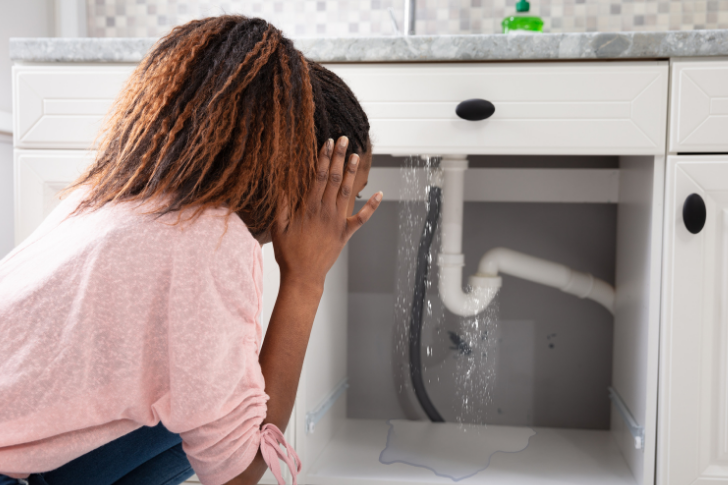
7. Install a water detection device
If you’re worried about missing a leak, a water detection device might be right for you. This device may help you stop a small problem before it becomes a bigger one. Water detection devices come in two varieties: ones that simply alert you of water, and others that can turn water on and off. The first variety of devices are ones you can install yourself and place near areas in your home that are more likely to see water damage. Devices that have the ability to turn water on and off will be more expensive and often require professional support to install properly. Additionally, these types have many additional features like monitoring water flow and helping you save on your water bill.
8. Test your sump pump (if you have one)
Your sump pump is necessary for preventing groundwater from leaking into your basement or crawl space. There are two different wants to check if it is working well. First, the old “turn it off and on again.” Find the two plugs in the wall (one is for the float switch and the other is the motor) and unplug both. Then, plug in only the one going to the pump. If it turns on immediately, you’re good to go, but if not, you may need to replace or repair the pump. (Don’t forget to reconnect the other plug before going back to your day!)
A second test is to pour water slowly into your sump pump pit. At some point, the amount of water should prompt the pump to turn on. If it does not turn on, it could be clogged or damaged. This is a sign it is time to call in a professional to check it out.
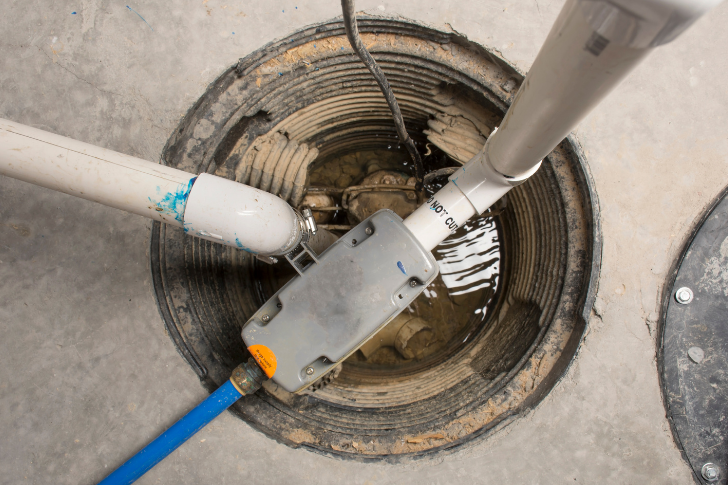
Photo of a sump pump pit.
9. Correct grading to direct water at least 2m away from foundation
One of the best ways to ensure you don’t find water in your basement is to check if the ground around your house is graded properly. You may need to add or remove soil from around the foundation of your home to make sure there is a significant slope (at least 2m) away from your foundation. This way water can travel away from your home and towards the storm drains you cleared after reading number 2 above.
10. Ensure downspouts extend at least 2m away from foundation
Similar to your grading, you’ll want to make sure downspouts extend far enough away from your home to send water off to the drains. You can purchase aluminum extenders and elbows at your local hardware store and if you have trouble installing, do not hesitate to contact a professional.
11. Install window well covers
Window wells can fill up with leaves or water and are notoriously tricky to clean out. A window well cover can solve these problems! Plus, covers come in a variety of shapes and colours to match your home. It’s important to note that there are several types of window wells. Before heading out to the store to purchase a cover, take several photos and measurements.

12. Clean out or install a backwater valve
The only thing worse than your house flooding is your house flooding with sewage water. The purpose of a backwater valve is to ensure sewage only flows one way. If you have a backwater valve, you should check on it a couple months before rainy season. Don the proper safety equipment and find the access to the valve in your floor. When opening it, you should see water flowing freely. Occasionally, items that shouldn’t be put down the toilet can obstruct the valve. If you see any items, clean it out and make sure it’s working okay. If you don’t have a backwater valve, contacting a professional to install one is a great step. Many communities have subsidies for installing a backwater valve in your home if you are concerned about the fee.
13. Add flood-friendly plants to your garden
Rain gardens consist of plants with deep roots that love water. These gardens serve a multitude of purposes, including reducing the potential for flooding. If you don’t have a green thumb, don’t worry: these gardens are low maintenance with resilient plants that require little to no watering. They will also draw birds, insects and butterflies. If you’re interested in starting your own rain garden, read this helpful guide with plants and suggestions by the Toronto and Region Conservation Authority.
14. Select flood-resistant building materials
If you are planning a home renovation, consider making design choices that will make recovering from flood or water damage much easier. You can implement these changes to the levels in your home that are susceptible to flooding. Your renovator may suggest flood resistant doors and windows, wall insulation that is water-resistant and/or waterproof drywall. Opt for tiles with waterproof grout and rugs instead of wooden floors and carpets. Raise sockets and install wiring from the ceiling down. Wall mount televisions and other media technology.
By implementing these steps above you will make great headway in protecting your home from water damage. You should also understand how your location affects your risk of flooding and double check that your home insurance properly protects your home. These actions should be part of your larger emergency preparedness plan that includes flood, high winds, earthquake, or fire. Your risk level is influenced by where you live. Consult resources created by your municipal government and local emergency services to ensure you are equipped with the knowledge you need to act swiftly and safely in a crisis situation.
Ready to protect your home from water damage?
If you are looking for a professional in your area to help you with flood and water damage prevention, check out our professional directory. Hiring a professional is a great way to save yourself time, reduce risk and set your home up for success quickly.

